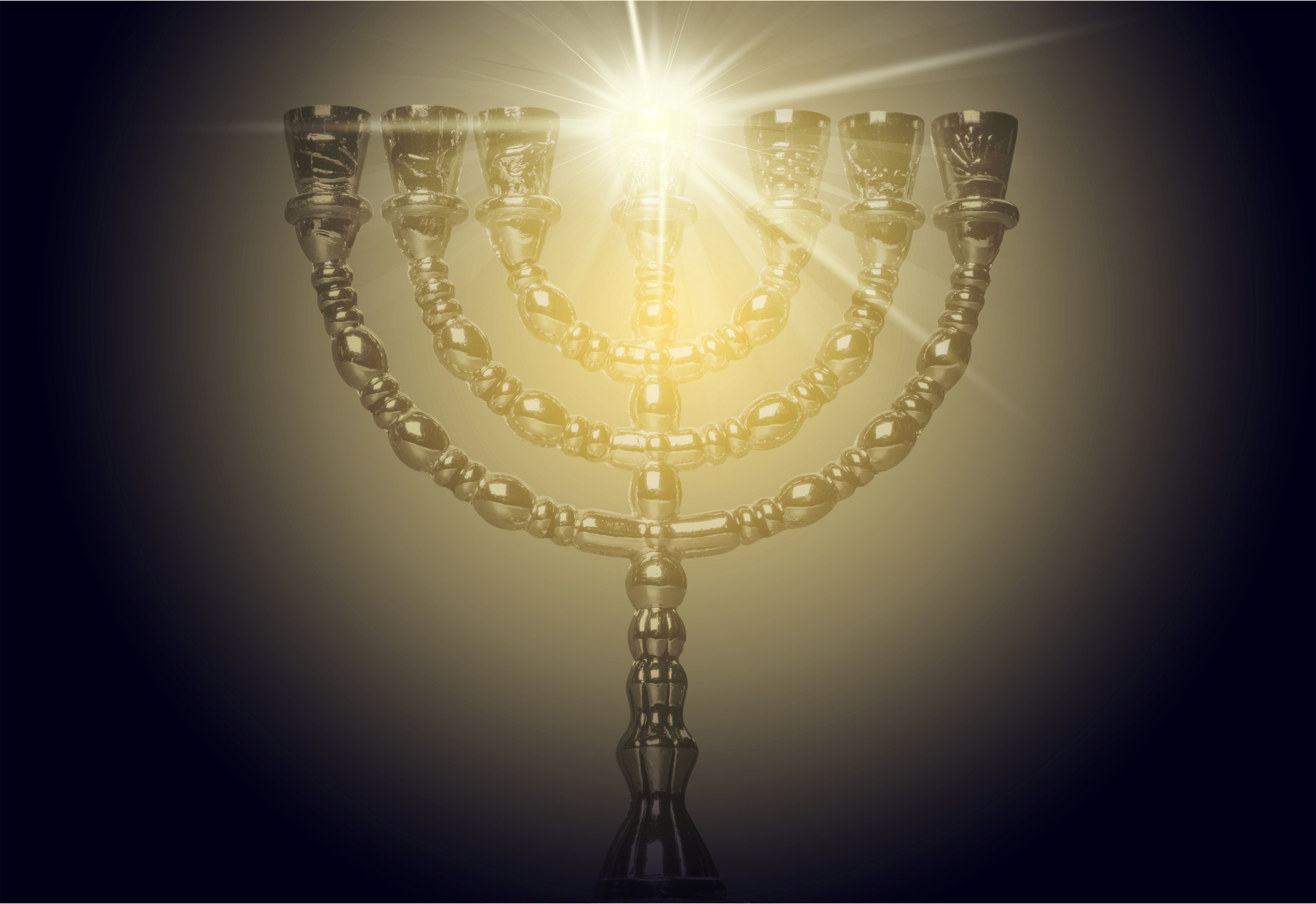Revelation 18:4, “Come out of her my people!”
“Come out of her my people” is the cry of YHVH Elohim to his end times saints in Revelation 18:4. Come out of what? Out of Babylon the Great. What is Babylon the Great and what does it mean to come out of her?
What Is Babylon the Great?
A quick definition of end times Babylon the Great is this: It is a global religious, economic and political Antichrist system that is a confused mixture of both good and evil, which enslaves the minds and lives of humans. It is this system that YHVH-Yeshua will be destroying at his second coming. Babylon the Great involves all the religions of the world including mainstream global Christianity and Judaism. These last two religious systems are part of Babylon the Great because they have, to one degree or another, mixed biblical truth with ancient, pagan Babylonian religious doctrines and traditions. This is called syncretism and is something that YHVH Elohim hates according to numerous passages in the Scriptures. Another word for syncretism is ecumenism. The biblical term for it is apostasy — a term which means “forsaking (something), falling away or defecting (from something).” Falling away from what? The fundamental truth of the Scriptures (2 Thess 2:3 cp. 11, 12, 13) and believing the lies of the serpent or devil (v. 11), which involves coming under the influences of mystery of lawlessness or Torahlessness (v. 7).
What does it mean to come out of Babylon?
What does it mean to come out of Babylon? In the context of mainstream Christianity, we could give some very simplistic answers to this question by beating up on all the usual suspects. These would include all the non-biblical Christian paganesque holidays (Christmas, Easter, et al), steeples on churches, pagan-derived words in Christian nomenclature, whole denominations like the Roman Catholic Church, mainstream Christian doctrines that are derived totally or in part from pagan sources (e.g. immortality of soul, the traditional concepts of heaven and hell, the trinity, anti-Semitic theologies, etc.). Some people even view coming out of Babylon as leaving one country that they view as Babylon the Great (e.g. America). These are all issues that need to be addressed, but these are not the first issues one must deal with when discussing exiting Babylon.
Coming out of Babylon is more than just leaving non-biblical religious traditions, or leaving a religious system denomination, a country. It involves matters of the heart. When issues of the human are addressed and dealt with, the rest will take care of itself.
Being in the world, not of the world
When YHVH urges his people to come out of Babylon in Revelation 18:4, who are his people? Buddhists? Moslems? Hindus? Witches and satanists? Secular humanists and atheists? Maybe yes in a very broad and generic sense, but in a biblical context, he’s talking about the believers in the God of the Bible. Specifically, who are Elohim’s people? Many Bible believers don’t know the answer to this question. They view themselves more in terms of the religious labels they wear instead of the truth of the Bible with regard to who YHVH’s people are to be vis-à-vis the world. Coming out of Babylon first involves dealing with an identity crises among the people of YHVH. Once they learn who they are supposed to be in biblical terms and embrace this vision in their hearts and minds, they will automatically begin coming out of Babylon by first putting the leaven Babylon out of themselves!
This is who the Scriptures say that the redeemed believers, disciples or followers of Yeshua are to be:
- Though disciples of Yeshua are in the world, they’re not to be of this world (John 17:11, 14).
- Followers of Yeshua are “the called out ones” (Gr. ecclesia). Called out from what? From being controlled by the world, the flesh and the devil.
- Redeemed believers are to be holy or set-apart (Heb. kadosh) as YHVH Elohim is kadosh (Lev 11:44, 45; 20:7, 26; 1 Pet 1:5, 16; 2:9). Set-apart from what? The controlling influences of the world, flesh and the devil.
- Believers are foreigners, strangers and pilgrims in this world. They’re part of another kingdom and are sojourners passing through en route to YHVH’s eternal and spiritual kingdom (Heb 11:13: 1 Pet 2:11).
- The saints are to be salt and light in this dark and rotten world (Matt 5:13–14). This means that what they do, say and think is antithetical to, in contrast with and different form this world.
- Followers of Yeshua are to come out of the world and to be separate from the heathens (2 Cor 6:14–17).
- A follower of the YHVH Elohim cannot be the friend of this world and a friend of Elohim at the same time (Jas 4:4).
What Then Shall We Do?
This is a call to action. What should be the response of YHVH’s people to pagan belief systems, thought patterns and traditions that are a part of their lives and that are contrary to the Bible? These belief systems are found within traditional Christianity as well as the world in general.
- Repent of sin, which is the violation of YHVH’s Torah-instructions (1 John 3:4), and get back to the Torah-instructions in righteous living (2 Chron 7:14, 17, 19). Return to the ancient and good paths of the Torah (Jer 6:16; 18:15).
- Read and study the Bible (from Genesis to Revelation) anew asking the Holy Spirit to lead you into all truth. Be resolved ahead of time to do what ever YHVH tells you to do to bring your life into conformity with his Word no matter the cost. View the instructions of the Bible through a different spiritual lens. Don’t view it from a minimalist point of view but from a maximalist point of view. That is, what can and must I do as opposed to what don’t I have to do (i.e. what can I get away with and still be a disciple of Yeshua).
- Once you start discovering the truth of the Bible from a fresh perspective, start conforming your life to the truth of it. Start living a holy or set-apart life (Lev 20:4; Heb 12:14). YHVH’s people are to be holy or set-apart unto him, not a people who have been made profane by worldly, polluted or defiled pagan customs and traditions of this world (Ezek 22:26; 44:23).
- Let go of religious or other non-biblical traditions of men that violate or have superseded the Word of Elohim (Matt 15:7–9; Mark 7:7, 9). Don’t make excuses. Just do it! Just obey YHVH Elohim and his Word.
If you following these points, you will be heeding YHVH’s call to come out of spiritual Babylon by first getting the leaven of Babylon out of your heart and mind (Rev 18:4). Once this is done, all the other Babylonian practices you have been engaged in will begin to fall out of your life like chaff blowing in the wind or dross bubbling up out of the gold to be skimmed off.
These things are the first and most important steps to coming out of Babylon the Great.







